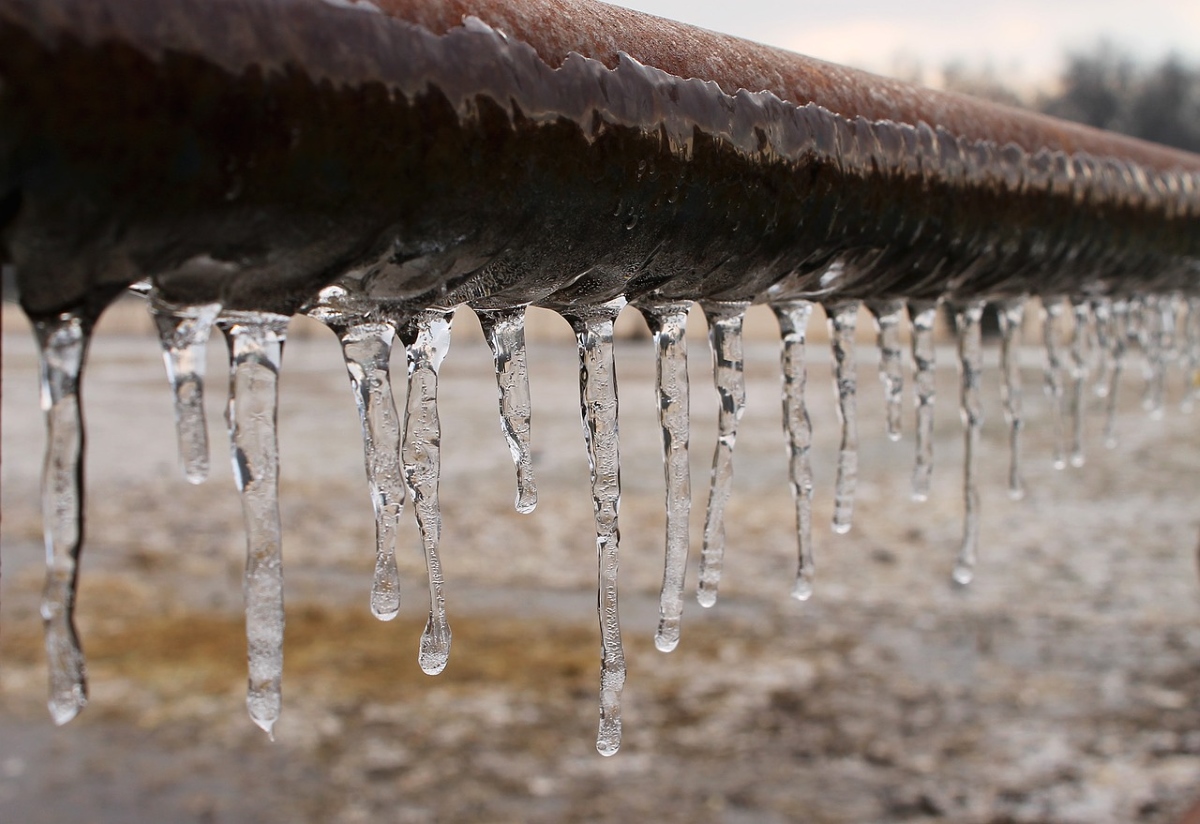Power stations generate electricity by burning fossil fuels such as coal, oil, and natural gas. But there’s a problem; we are running out of fossil fuels. These fossil fuels are a significant contributor to global warming; our extensive burning of fossil fuels has negatively impacted our planet. We are on a mission to use more renewable energy, such as solar or wind. Still, we can’t just swap all of our energy overnight.
One solution is to use combined heat and power systems (CHP), where a single fuel source produces both heat and power. Traditional power stations produce heat and electricity separately, therefore using up more of these precious fuels.
CHP systems were initially created for use on large premises with excessive heating requirements, such as hospitals. The good news is that combined heat and power systems are now also available for domestic use! Smaller CHP systems can be used in any size property; they are similar in size and design to conventional boilers. You’re probably thinking, what exactly is a CHP system? Let me explain.
What Is A CHP (Combined Heat and Power) System?
Combined heat and power (CHP) is a highly efficient process that captures and utilises heat, a by-product of electricity generation. In other more traditional ways of producing electricity, this heat is usually wasted; a CHP system generates electricity and captures heat.
In traditional coal, oil, and natural gas stations, up to two-thirds of the overall energy produced is lost! Have you ever seen a cloud of steam rising from cooling towers? That’s all wasted heat, which we could use in other ways!
A CHP system can reduce carbon emissions by up to 30% by generating both heat and power! (When compared to conventional generation, via boiler and power station).
How Does A Combined Heat and Power System Work?
- Fuel causes the engine to run; there are multiple ways this can be done.
- This engine causes an alternator to produce heat.
- Coolant is used to stop the alternator from overheating.
- A heat exchanger recovers this heat.
- The heat exchanger heats the water; this water is then used to heat homes and other premises.
The Difference Between CHP and Traditional Electricity Generators
A conventional electricity generation system ran by fossil fuels is a pretty inefficient process. Traditionally, we’ve created electricity by first burning fossil fuels in a furnace to release heat. This heat is then used to boil water and create steam, the steam then drives a turbine, this turbine then drives a generator, and ta-dah! The generator then makes electricity.
The problem with this process is that energy wastage occurs at every step and quite a lot! The water that is boiled has to be cooled back down. This is done in giant cooling towers; in the open air, wasting so much heat which we could utilise! We’ve now realised we do not need to waste this much energy in the process.
This water usually gets cooled back down; why can’t this be used as hot water for properties? This is the thinking behind CHP systems, to use this heat instead of cooling it back down. So, a traditional power plant creates electricity and then wastes heat. A CHP system makes both electricity and hot water, then supplies both to premises.
Using Combined Heat and Power In Domestic Properties
As mentioned, CHP systems can be used in domestic properties! Systems suitable for smaller properties are called micro-CHPs. They still generate heat and electricity simultaneously; they’re just smaller than power stations!
Domestic combined heat and power systems are usually powered by either mains gas or liquified petroleum gas. Some models can be powered by oil or bio-liquids. Fossil fuels typically power CHP systems, but they are still considered low carbon as they produce electricity and heat! Traditional boilers do not do this.
The Benefits of Using Combined Heat and Power In Domestic Properties
Here are some of the advantages of using CHP systems (these apply to domestic and commercial properties!). All of the figures stated below are as per the government website.
Cut Your Carbon Footprint
CHP operators can save up to 30% on carbon emissions compared to traditional boilers.
Standard Maintenance
Servicing costs and maintenance are similar to a standard boiler; a specialist will be required. Not a problem, as they are easy to get hold of!
Cut Your Electricity Bills
When using combined heat and power systems, energy bills can be reduced by around 20%! Installing CHP systems can save a lot of pennies and do good stuff for the environment.
Easy Installation
There is very little difference between a CHP boiler and a standard boiler! If you currently have a conventional boiler, you should be able to replace it with a CHP boiler, as they are roughly the same size! Always have your boiler fitted by qualified professionals and make sure your boiler is MCS-approved.
Find Out More About Installing a Micro-CHP In Your Home!
At Kiasu workforce, we source, install and maintain combined heat and power systems in domestic and commercial properties. Our team of qualified engineers can swap your conventional boiler for a new and improved CHP system. You’ll save money in the long run AND reduce your carbon footprint alongside! Contact us today to find out more.



